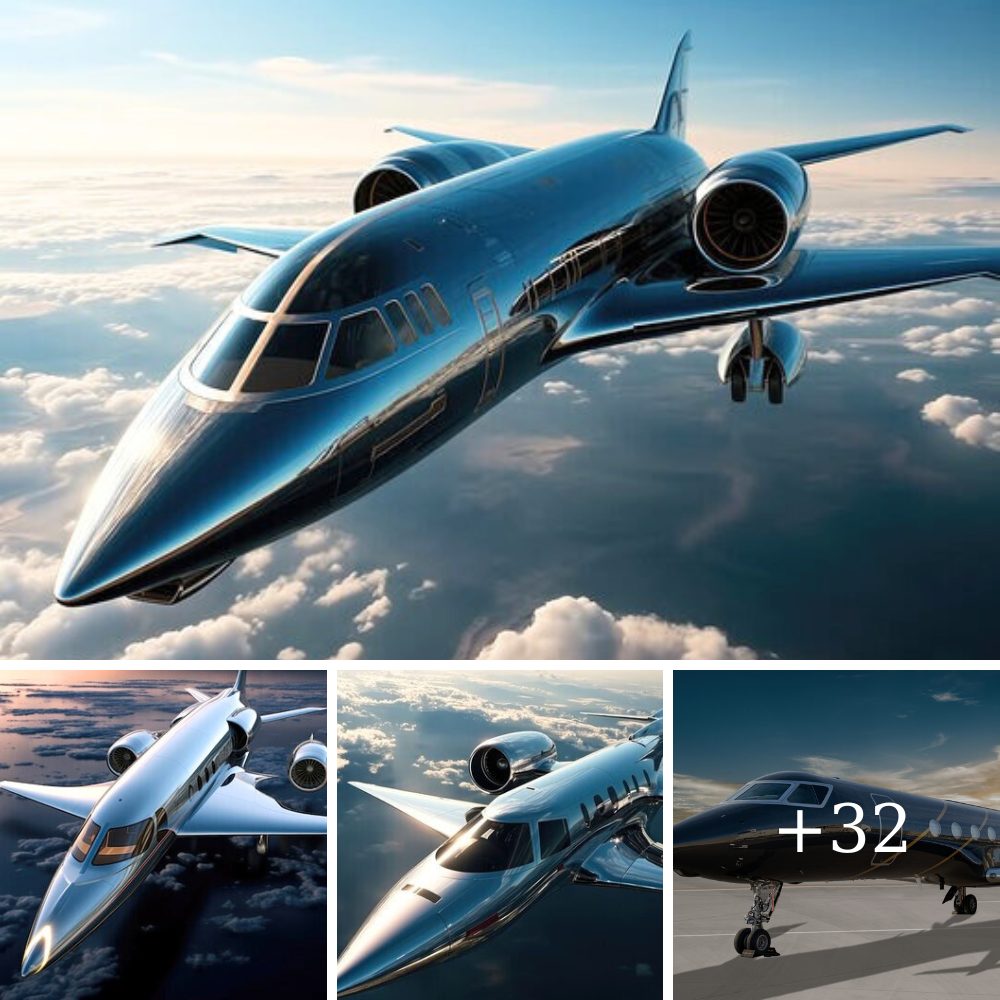The Celera 500L is a truly remarkable design. Otto Aviation says its odd shape delivers an astonishing 59 percent reduction in drag, and a massive leap in efficiency and range compared to traditional plane geometries. Arguably, this thing should’ve been electric from the get-go, so it’s a no-brainer that Otto has teamed up with ZeroAvia to build a version with a hydrogen fuel cell powertrain.
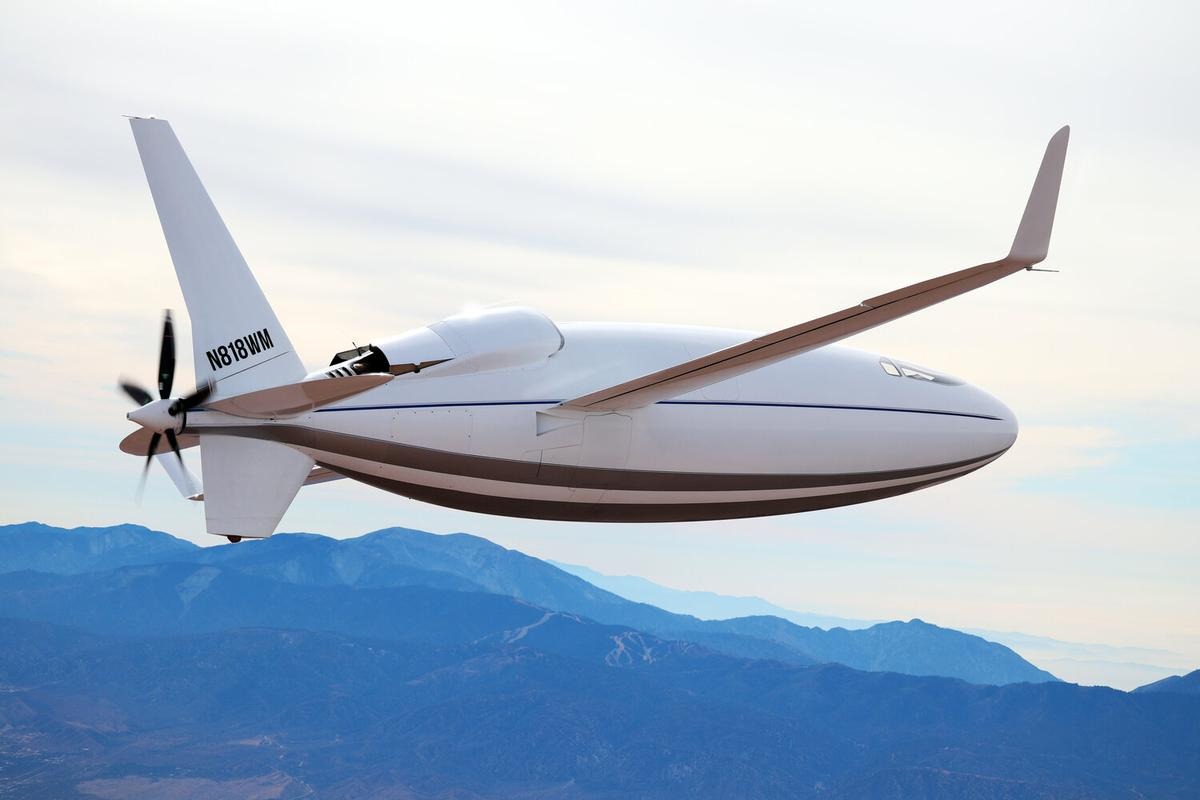
Otto claims the Celera 500L in standard fossil fuel-propelled form is “the most fuel-efficient, commercially viable business aircraft in the world.” Its “flying suppository” shape might not win it any fashion awards, but if true beauty lies in perfect function, then this thing could be a bulbous supermodel.
The whole thing is designed to maximize laminar flow – smooth layers of airflow with little to no mixing of adjacent layers moving at different speeds. This avoids the swirls and eddies that lead to air turbulence at speed, causing aerodynamic drag and wasted energy. Laminar flow is by no means a new concept, but Otto says it’s pushed the idea so far forward with the Celera design that it uses 80 percent less fuel than a traditional design. No, that’s not a typo.

Running on an efficient 550-horsepower combustion engine, Otto claims this thing will fly six passengers up to 4,500 nautical miles (8,334 km) at cruise speeds over 460 mph (740 km/h), challenging small business jets for top speed while more than doubling their range. An impressive glide ratio of 22:1 allows pilots to switch off the engine altogether and glide for up to 120 miles (200 km) completely unpowered. This monster efficiency factor, says Otto, should make the Celera some 5-7 times cheaper to run than a comparable jet.
Mind you, it wont scale up to full-size airliner size, since the low-drag laminar flow model relies on a width-to-length ratio that’d be impractical in a bigger bird. But Otto says it’ll scale up to take 19 passengers, and there are plenty of markets that could make use of an efficient airframe in the 6-19 passenger space.
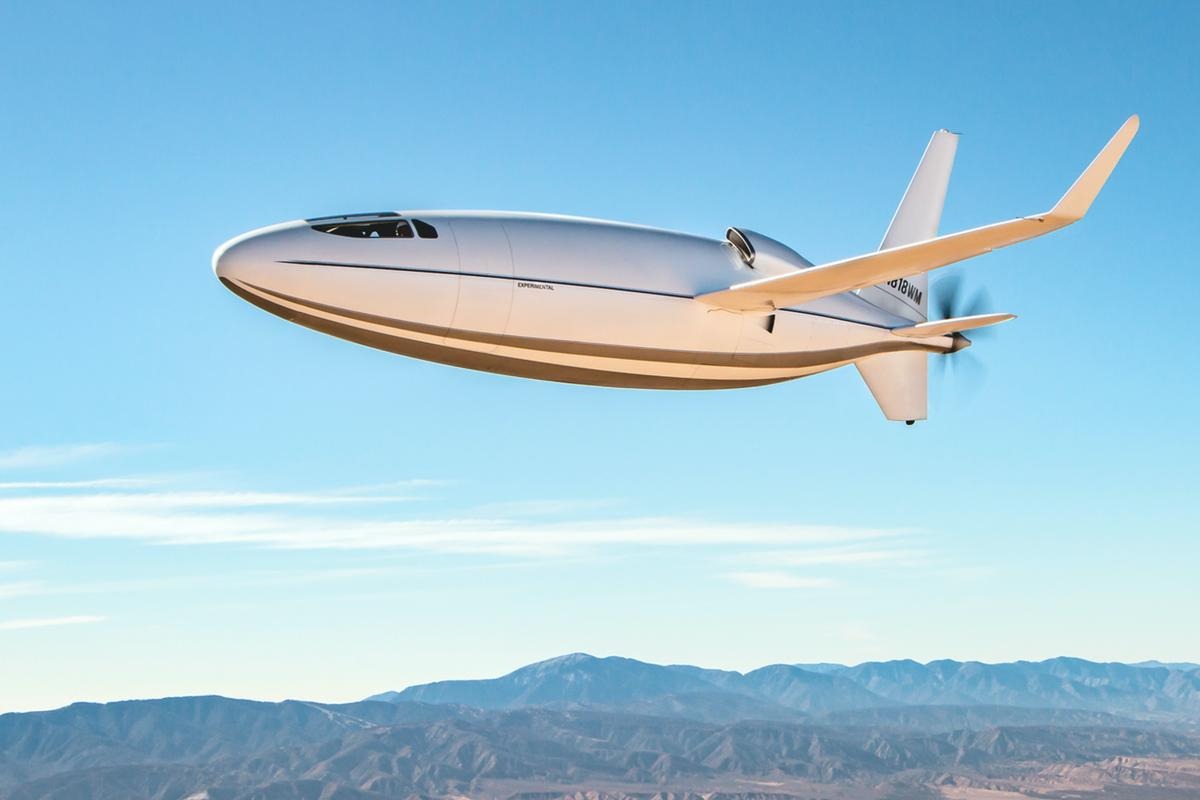
It’s not a pie-in-the-sky render, either. Otto has built a full-scale prototype, and by November last year the company announced it had completed some 55 successful test flights, reaching speeds over 250 mph (400 km/h) and altitudes up to 15,000 ft, and that “all test flights have validated the aircraft’s operating performance goals.” You can see the thing flying in a video below.
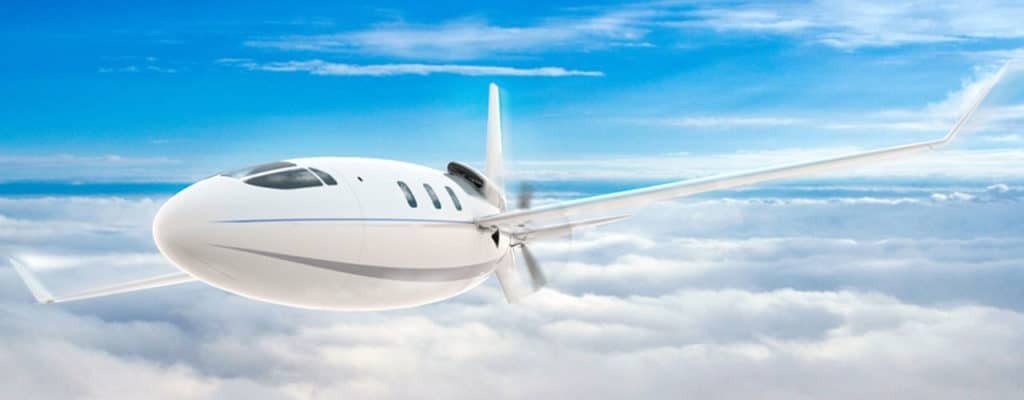
Now clearly, an 80 percent reduction in fossil fuel use is an environmental win in and of itself. But if there’s one sector in aviation that’s crying out for brain-busting efficiency figures like the Celera promises, it’s the emerging zero-emissions sector, which is currently struggling against poor range figures thanks to the low energy density of lithium batteries.
Indeed, when we first wrote about the Celera 500L back in 2020, many questioned why the heck this thing wasn’t electric from the get go. And it seems Otto is on board with the idea, as it’s now announced a collaboration with hydrogen aviation pioneers ZeroAvia to develop a fuel cell-electric powertrain specific to the Celera’s requirements.
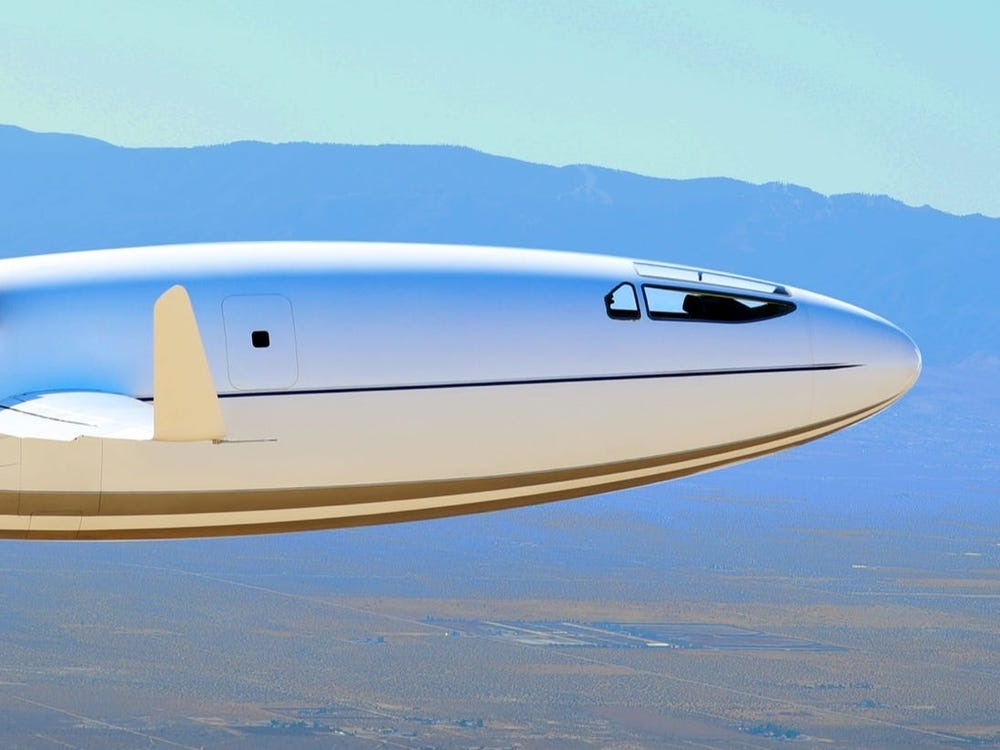
This airframe’s bulbous shape works well with a hydrogen concept – hydrogen powertrains can weigh much less than battery-electric ones, but they tend to take up a bit of space. Still, ZeroAvia is being relatively humble with its ambitions to begin with, aiming for a range of just 1,000 nautical miles (1,852 km) of zero-emissions range for a hydrogen-fueled Celera. Still, that’s a very useful distance, and pretty extraordinary for a clean electric passenger plane





